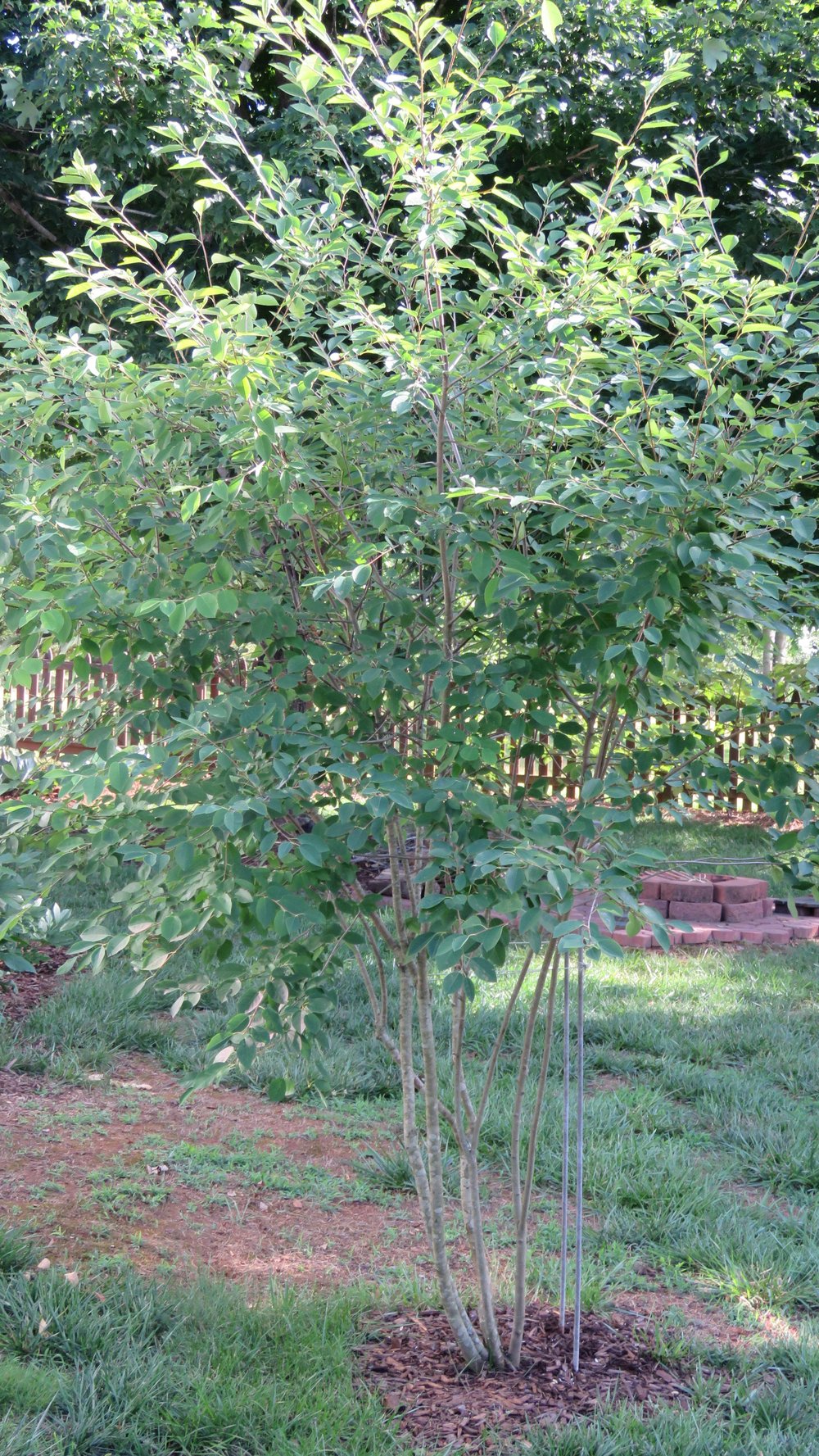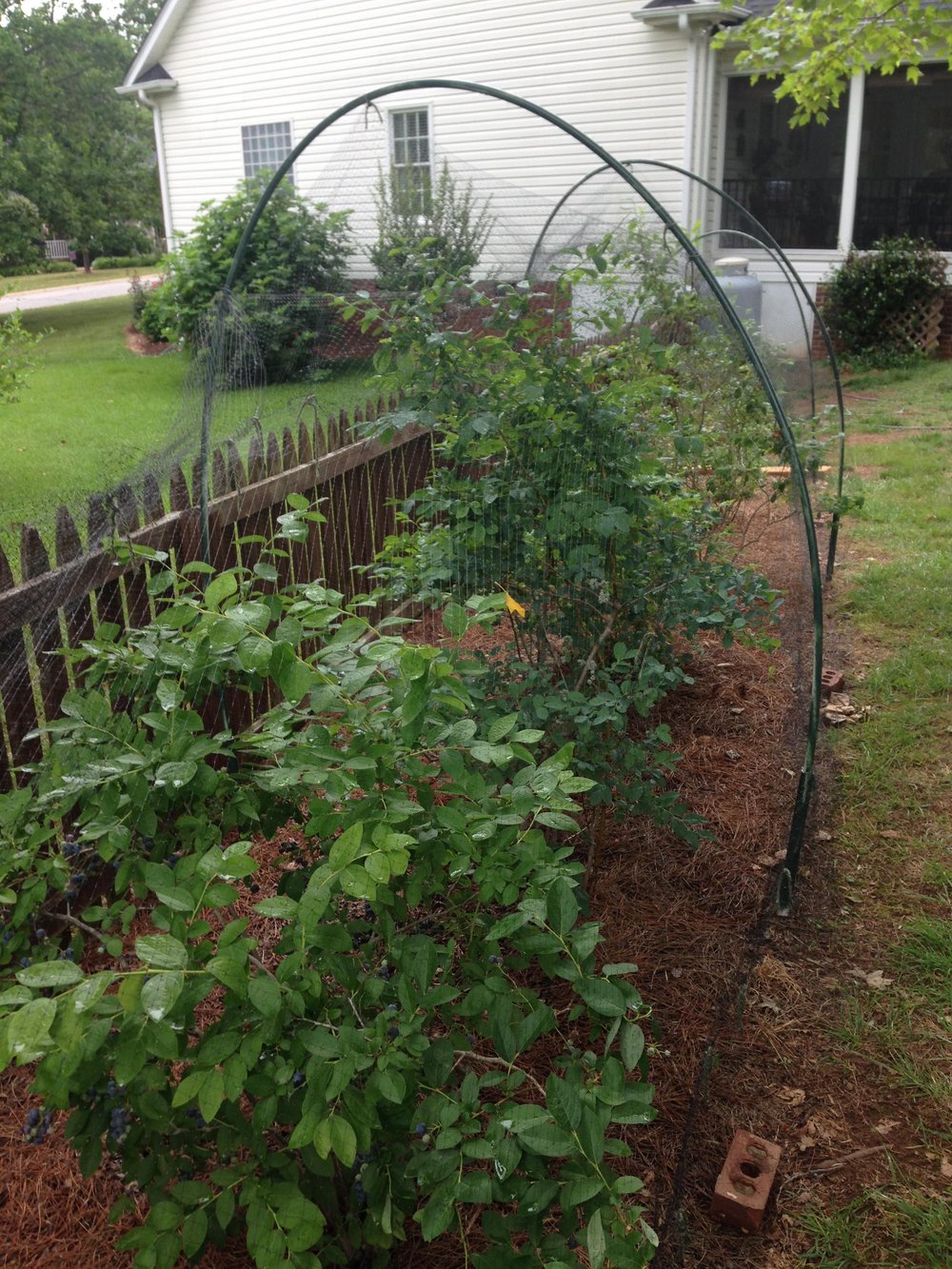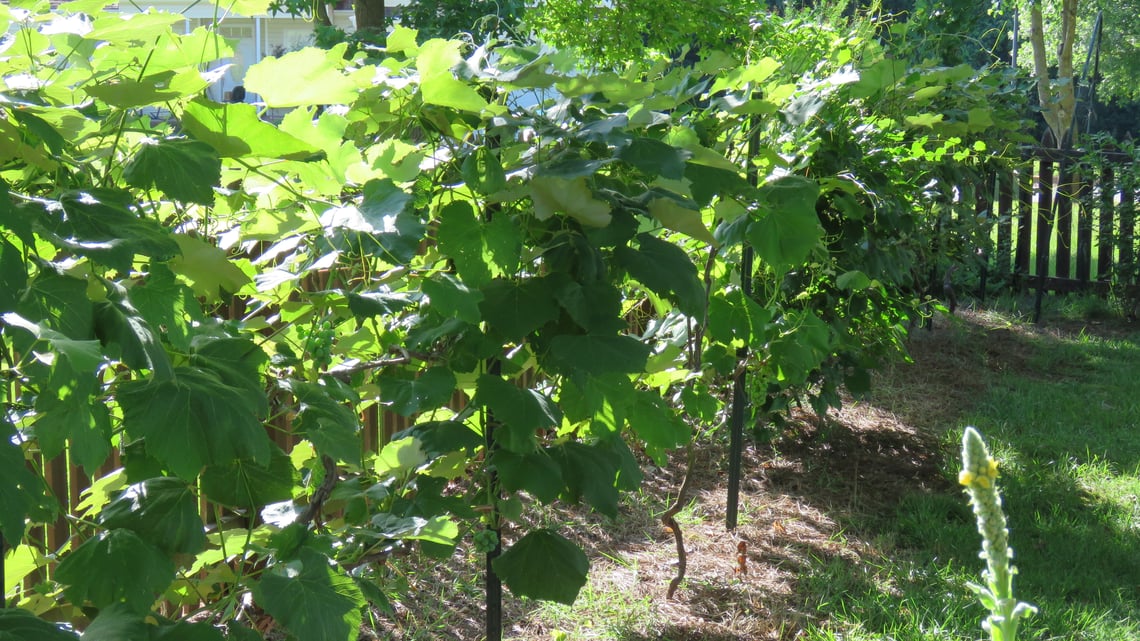Space is valuable and we need to take advantage of "lost" space on our property. Fruiting perennial bushes, trees and vines can be an excellent alternative, and a great source of nutritious food for fresh treats and preserving for future use. They do need attention, but they are not as demanding as row crops and the rewards are tremendous.
Fruiting perennials have been long-time favorites for my family.
On a previous property, we had apple trees, peach trees, blueberry bushes, blackberries, grapes and figs. They were a constant source of tasty treats in the summer months, and we preserved some by freezing, canning and dehydration for the winter months.
A steaming, aromatic pie made from fruit that you preserved from your own plants is a treat.
Another favorite is opening a jar of preserves or jelly made from grapes or blackberries and spreading it onto homemade biscuits or buttered toast. I have to admit, my wife Margaret is a master cook, and her skill in the kitchen makes it hard to keep my waistline in check.
On our current property, we have all of the above species except peaches and blackberries. We have also added a serviceberry bush, but it is for the birds, and they enjoy the harvest each year.
Apples and grapes require pruning in the winter months, but the schedule is flexible, so they are not as demanding as row crops.
Apple trees should be pruned in a pyramid shape and peaches should be pruned in a flatter, umbrella shape to allow light into the center of the tree. Grapes do much better when properly pruned and instructions are easily found online or by purchasing a book on pruning.
The benefit of perennials is that they do not have to be replanted each season
They will regenerate, and with the proper fertilization and treatment for insects, some can last for many years.
Some examples of fruiting perennial bushes and trees are apples, pears, peaches, figs, blueberries, lemons, limes, serviceberries (pictured below) and mulberries.

Vines include grapes, blackberries and raspberries.
Garden varieties of smaller plants are rhubarb, asparagus, some garlic species, kale and strawberries.
Peaches and plums are very susceptible to insects and various problems and require monitoring constantly to keep them free of pests and diseases. I have chosen not to plant any at our current location because of this. We have an orchard close by and have access to fresh peaches throughout the growing season.
Tips On Selecting the Right Plants for Your Land
- By checking the growing characteristics and the recommended growing zone, you should select only species that do well in your area. Obviously, all of the above will not prosper in all environments.
- It is also wise to consider the space available and select species that will fit into it without crowding. Failure to do so could result in an undesirable situation later.
- Many fruit trees are available in dwarf, semi-dwarf and full size, so it is easy to select trees that will be a proper fit for the space that you have available. Our dwarf apple trees are pictured here:
- Blueberries and grape vines are very adaptable to being planted along boundaries or fence lines.
We currently have seven blueberry bushes of several varieties planted along a 40-foot fence line. On another section of fence, we have six grapevines and two muscadines planted. Planting several varieties allows for different maturity dates and a longer growing season.

In addition to the domestic blueberries, we have four wild huckleberry plants that are planted in a fence corner. They are much smaller plants and fruit but very sweet.
Fruiting Perennials Can Create Fond Memories For Generations To Come
I have fond memories of fruit trees on my grandparents' properties and the joy of picking and eating peaches, pears, plums and strawberries on the spot. My paternal grandfather would harvest fruit and sell it, along with other produce, eggs and milk.
My maternal grandmother had a strawberry patch that she planted and tended, and she sold enough strawberries to buy their first refrigerator.
Strawberries put out runners, and in times past, gardeners would plant strawberries in rows. After the first season, they would plow the rows, taking out the parent plant and the runners that had rooted down into the middles became the new season's plants. That practice has fallen by the wayside and most commercial operations replant each year on hills covered by plastic mulch.
If you choose wisely, you can benefit from the abundance of fruiting perennials. They will be nutritious, tasty additions to your diet and attractive additions to your landscape.
They are a good investment of finances, time and energy that can be enjoyed for years.




.jpg)




















